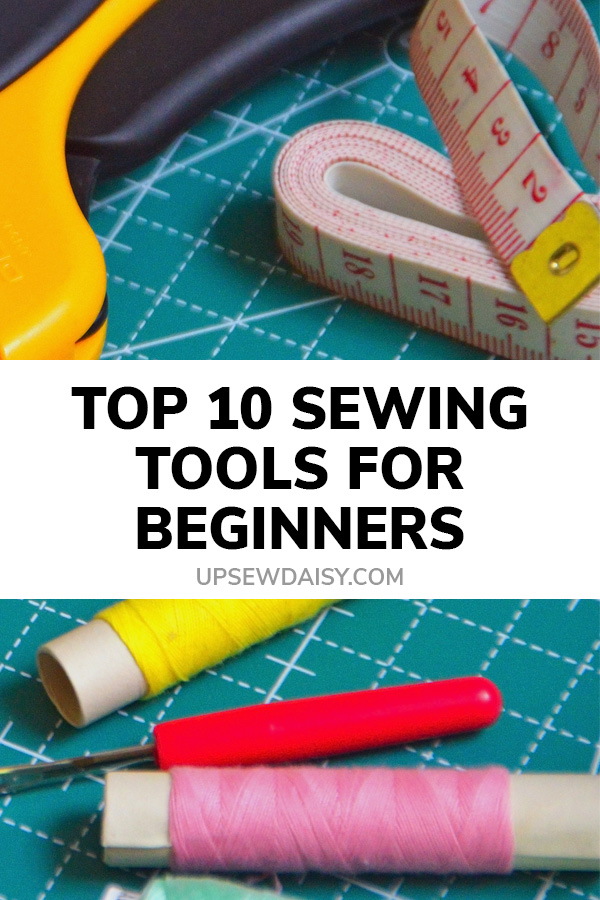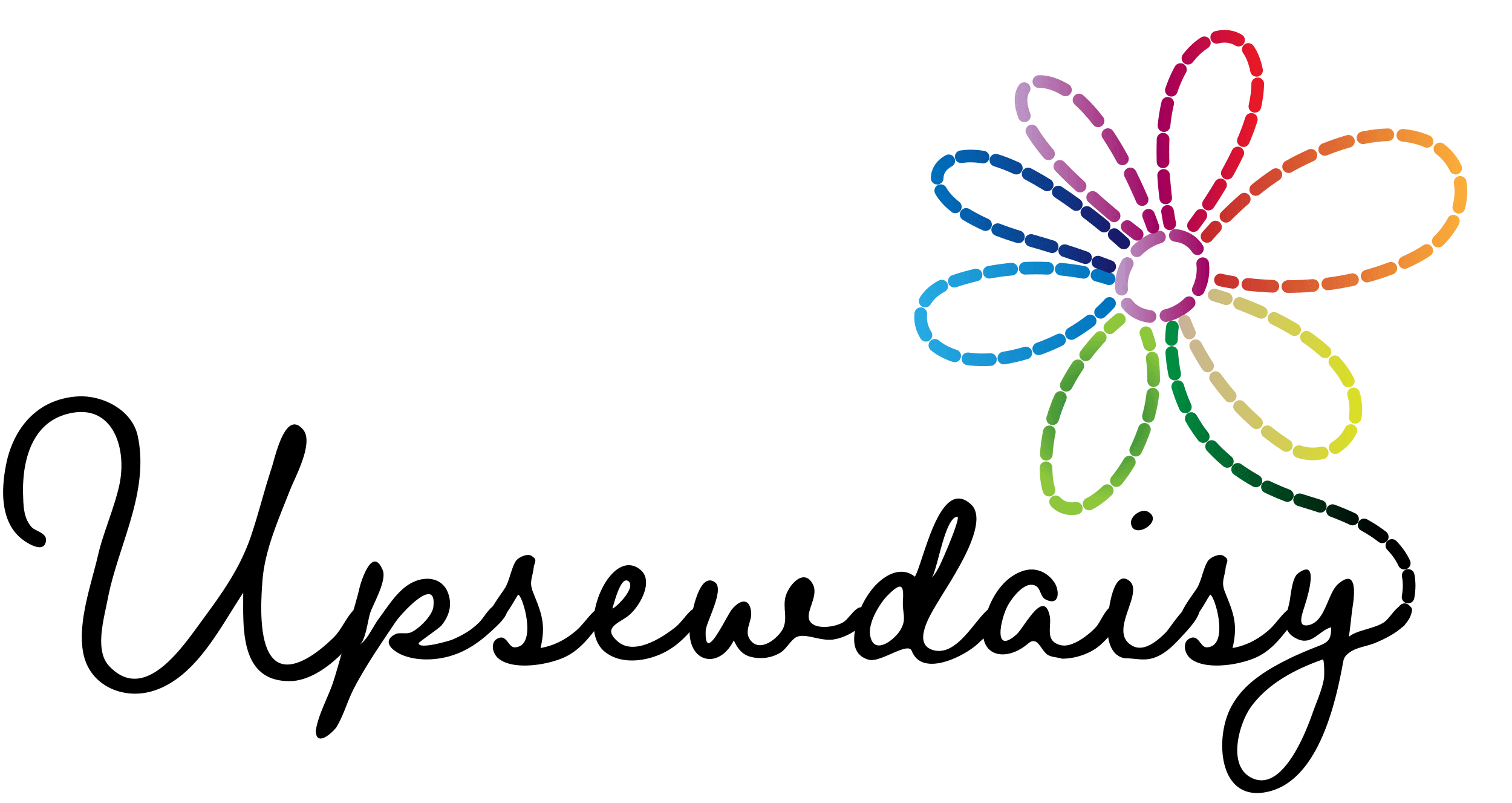When I first started out sewing I didn’t know which tools would genuinely help and which would be a waste of money. Here are the tools I started with that proved invaluable. Be sure to check out my Top 10 Tools for Dressmakers too.
1. Sewing Machine
A good sewing machine can really make a difference to your sewing experience so don’t just go for the cheapest option here. I still have the machine I started with, the Janome 525s*, which was the original machine used by the Great British Sewing Bee contestants. It’s a really good, solid mechanical machine. I like the one-step button hole, the adjustable foot pressure, drop feed for freehand embroidery, freearm and hard cover. So far it’s sewn everything I’ve thrown at it and I even happily sewed knits on it for over a year before getting my overlocker. When you do go to purchase a new machine, I highly recommend going through a local dealer but if you don’t have one nearby then Sewing Machines Direct are amazing to deal with. Their service is second to none and the prices and extra goodies they include are fab. Whatever you do, avoid Coopers / Sewing Machine Discount / The British Sewing Centre as they have featured on Watchdog and are well known within the sewing community as a company to avoid.
2. Scissors
When it comes to sewing you really need to invest in a pair of good quality dressmaking shears that you reserve exclusively for cutting fabric. These don’t have to be expensive! These ones from IKEA do the job for me. You will probably find you also want a small pair of scissors for snipping loose threads as you sew and a standard household pair for cutting out paper patterns and other odd jobs. I got this amazing set of scissors when I purchased my Janome from Sewing Machines Direct and I’ve used all of them at some point.
3. Pins
There are many types of pins out there but glass headed pins* are really handy as they are easy to see in your project (and on the floor!) and you won’t melt them if you accidentally iron over them.
4. Flexible Measuring Tape
If you plan on making any clothes for yourself or others you will need a flexible tape to take body measurements. I just have a plain white tape but this multi coloured tape* with metric and imperial measurements and a popper fastener gets great reviews.
5. Gutermann Sew All Thread
The first thing I sewed when I got back into sewing as an adult was a ring sling to carry my daughter. As this was something I wanted to make as safe as possible, I researched the best thread to use. Gutermann Sew-All thread was what was recommended over and over again. This Gutermann Sew-All Thread Kit* was my first experience with the thread and I absolutely loved it. It doesn’t fluff and never breaks.
6. Seam Ripper
I’m afraid a seam ripper is likely to be your best friend when you first start out. In fact, mine still is! I actually have a number of seam rippers including this handy Janome one* but my favourite came with the Gutermann Sewing Kit mentioned above. It’s really comfortable to use, sharp and easy to spot no matter how messy, ahem, your sewing room is.
7. Ballpoint or Stretch Needles
If you’re planning on sewing knits you need to be using something other than universal needles in your sewing machine or overlocker. Generally, ballpoint needles are best used for loosely woven knits and stretch needles are perfect for sewing through tightly knitted jersey fabrics with high Lycra/Spandex content. However, I use these janome needles* in both my sewing machine and overlocker when sewing all types of knits and they have never skipped a stitch. Just make sure you use the size 11 for thin knits and the size 14 for thicker knits such as sweatshirting and fleece.
8. Temporary Fabric Marker Pen
I started off with this washable pen from Hemline* and later bought this washable white ink pen* and a green Frixion pen*. Frixion pens are amazing as they disappear instantly with the heat of an iron or blast of a hairdryer so I tend to use the Frixion pen if I’m ever worried the pen won’t wash out or on non-washable items. I use the washable pens when I need the marks to remain after ironing.
9. Wonder Tape
Not to be confused with other permanent adhesives Wonder Tape* is water soluble and absolutely a must have for hemming and zip insertion on tricky (especially knit) fabrics. It takes a bit of practice peeling the backing paper off but once you get used to it you will want to use it with everything!
10. Steam Iron
I know some of you out there aren’t a fan of ironing but pressing your projects as you go is essential if you want a professional finish. It’s not just pressing that you will need an iron for, you will also need one if you want to use fusible interfacing, hem tape or batting. In addition to my regular steam iron I also have a Prym mini iron*. It has been wonderful for pressing seams, hems and even applying small amounts of interfacing. It’s invaluable for lingerie making and of course is a handy travel iron too. I use it with my IKEA tabletop ironing board. I was going to make my own portable ironing board but when I realised the IKEA one was only £4 I changed my mind!

*Affiliate links: if you click through and make a purchase I may get a commission (at no additional cost to you). Visit my disclaimer page for more info.
